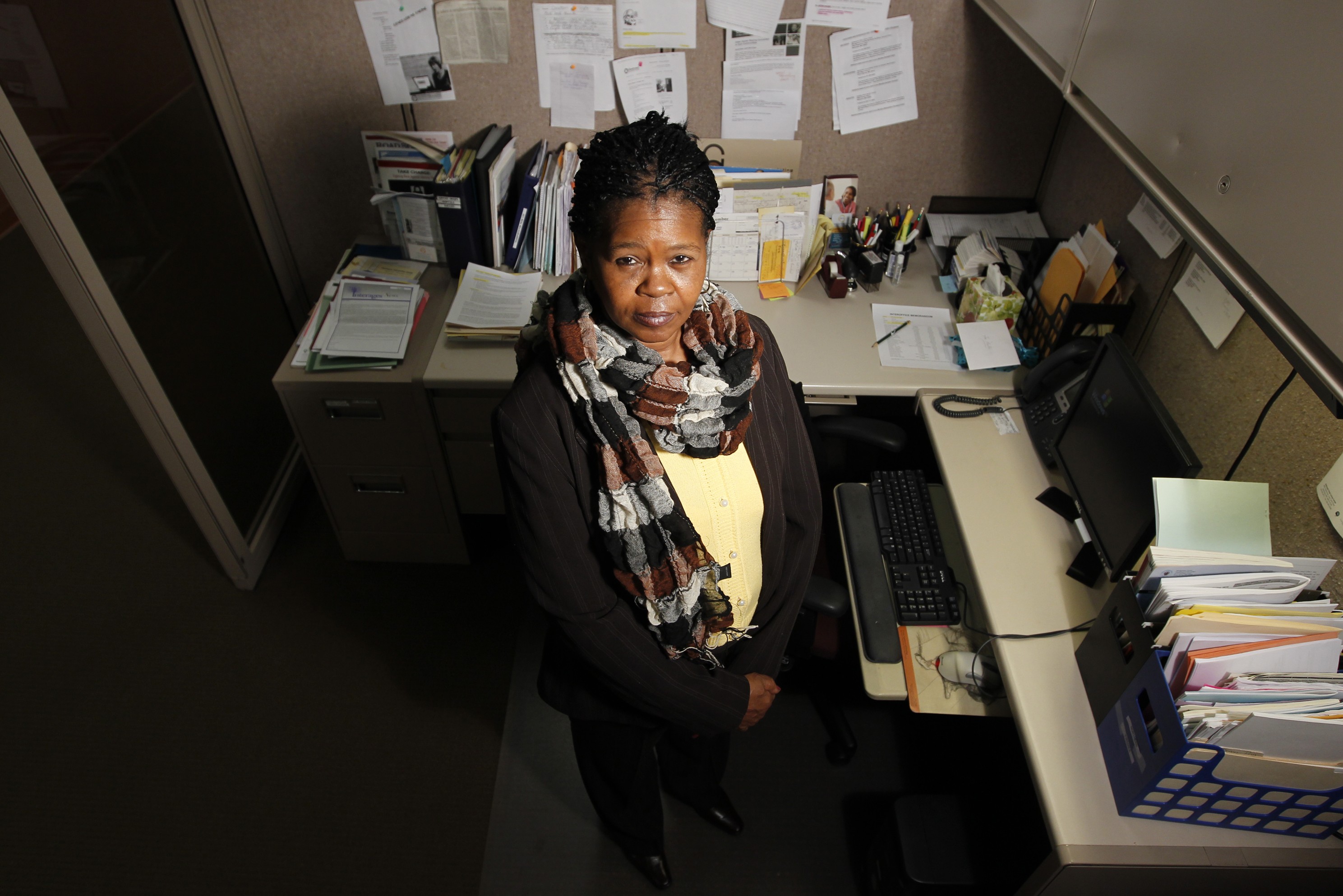Although Javier*, who immigrated from Mexico with his family, routinely worked 50 to 60 hour weeks for four years in a Philadelphia restaurant’s kitchen, he was never paid properly. When Javier demanded all the unpaid wages and overtime that had accrued, his employer threatened him with immigration consequences and physical violence against him and his family. The employer also called Javier at home repeatedly to threaten him when he learned that Javier had contacted a lawyer at Community Legal Services of Philadelphia, a civil legal aid provider. Fearing that the abusive employer would act on his threats, Javier and his family spent days without leaving their home.
Get TalkPoverty In Your Inbox
Javier’s experience isn’t uncommon. Our civil legal aid attorneys have also represented a crew of cleaners who were locked in a restaurant overnight while they cleaned (and not paid overtime for the additional hours) and construction workers strung along for years with partial weekly payments, among others. We have even had to sue the same employers multiple times on behalf of different workers. And the practice is widespread. A report from Temple University’s Sheller Center found that in any given work week in the Philadelphia area, almost 130,000 workers will be paid less than minimum wage, over 100,000 will experience an overtime violation, and over 80,000 will be forced to work off-the-clock without pay.
Although wage theft is illegal under federal law and under statutes in most states, enforcement is underfunded—sometimes nonexistent. This disproportionately impacts low-wage workers, who are more likely to work in low-regulation and non-union jobs where employers cut corners at their expense. But these workers—who need those wages the most—don’t know where to turn for help when they do not receive a paycheck, fear losing their job if they complain, or simply cannot afford to miss work for the several days that it takes to file a complaint and attend a court hearing. And for immigrant workers like Javier, they are often threatened based on their immigration status when they complain to their boss.
And between the small number of workers willing to complain and low financial penalties, deterrents to wage theft are inadequate to curb the practice. In Pennsylvania, for example, the Wage Payment and Collection Law only mandates a penalty of 25 percent of wages due on top of repaying the wages. Thus, if an employer doesn’t pay six workers and only four come forward with formal complaints in court, the employer comes out ahead—he pays less in fines than he would have had he paid his six workers correctly.
Unfortunately, bills that would help address these issues have languished in the legislature for more than a year despite the support of the vast majority of voters. In the absence of legislative action, we have found that local ordinances are a powerful locus of action, even though they impact fewer workers.
As the workshops of democracy, cities and municipalities also allow us to test new models on a limited scale and to identify what should be replicated on a wider scale. This was a tried and true strategy in the context of paid sick days: after an organized and effective campaign over the last few years, activists managed to pass a paid sick leave ordinance in Philadelphia last year. Similar ordinances have come out of San Francisco, Seattle, New York, and Los Angeles, among other cities.
We therefore partnered with labor and community activists to pass a local anti-wage theft ordinance that fit well within the powers of a municipal government. The legislation included three main facets, each of which was integral to the legislation.
First, an administrative enforcement mechanism allows workers to bring complaints against their employers without having to miss work and therefore pay. Making the complaint process easy and the hearing free is a critical way to expand remedies by making them practically available to more people. Although the federal Department of Labor already offers this kind of service, it does not do so for workers who work at businesses that have less than $500,000 in annual revenue. Some states offer a similar complaint process, but their efficacy varies.
Second, the legislation requires that penalties be raised. The current penalties in Pennsylvania are shamefully low, making wage theft an economically good decision for the unscrupulous employer. By raising penalties, the ordinance should increase compliance by making wage theft a bad economic decision.
Third, the legislation allows the city to go after business licenses, further demonstrating to employers that wage theft is a poor business decision. By allowing the city to revoke or suspend a business license, we can root out the worst actors and prevent them from causing further harm (or cajole them into compliance).
With these principles in mind, we partnered with Councilman Bill Greenlee, who had led and won the seven year fight for paid sick leave, and introduced a strong bill in City Council. Boosted by press coverage of the widespread local wage theft problem, we built a broader network of community leaders and advocates, created supporting materials, wrote legal memos, met with editorial boards, and lined up workers to tell their stories. The bill passed City Council in October and was signed by Philadelphia Mayor Michael Nutter in December. The ordinance will go into effect in July 2016 and will be implemented by our new Mayor, Jim Kenney.
Despite all appearances, legislative change that benefits working families is possible, even when state politics makes it seem impossible. In order to achieve pro-working family change, activists need to alter their frame by working at the local level, rather than deal with the gridlock and lack of action at the federal level and state levels.
After all, as former U.S. Speaker of the House Tip O’Neill famously said, “All politics is local.”
*Name has been changed.









